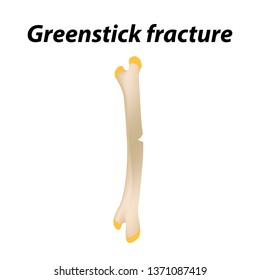Just When You Assume Alleviation Is Near, Soft Tissue Therapy Exposes Its Unpleasant Facts-- Uncover Why The Process Can Be Agonizing Yet Useful
Just When You Assume Alleviation Is Near, Soft Tissue Therapy Exposes Its Unpleasant Facts-- Uncover Why The Process Can Be Agonizing Yet Useful
Blog Article
Post Developed By-Cleveland Jacobson
When you undertake soft Tissue therapy, you could find it remarkably uncomfortable. massage flushing emerges as pressure is applied to tense muscular tissues and broken tissues, triggering your pain receptors. While it can really feel upsetting in the minute, there's a reason behind this sensation. Understanding what occurs in your body throughout these therapies can aid you appreciate the procedure. So, exactly what is taking place beneath the surface area?
The Physiology of Discomfort Throughout Soft Tissue Therapy
When you undertake soft Tissue therapy, your body's action to pain is a complex interplay of physiological procedures. As the specialist uses stress, your body triggers pain receptors, sending signals to your mind. This activates the launch of natural chemicals, such as material P and glutamate, which intensify the experience of pain.
Your muscles may likewise tighten in reaction, more making complex the experience. Additionally, your body might release endorphins, all-natural medicines that can help ease some discomfort.
The communication in between these procedures can develop an unique experience for each person. Comprehending this physiological action helps you navigate the feelings throughout therapy, allowing you to appreciate the equilibrium between discomfort and the potential for healing benefits.
The Role of Discomfort in the Recovery Process
Although pain during soft Tissue therapy can really feel frustrating, it plays a vital duty in the healing procedure. When you experience discomfort, your body is indicating that it's functioning to repair damaged tissues. This response assists increase blood flow to the damaged area, delivering vital nutrients and oxygen needed for recovery.
Furthermore, discomfort can advertise the launch of endorphins, your body's natural pain relievers, developing a feeling of alleviation post-treatment. Embracing this pain can assist you comprehend your body's restrictions and urge you to attend to underlying concerns.
While it's unpleasant now, this process is crucial for long-term recuperation and improved function. Identifying discomfort as an essential part of healing can empower you to stay dedicated to your therapy.
Tips for Managing Discomfort Throughout and After Therapy
Managing pain during and after soft Tissue treatment can considerably improve your general experience and recovery.
To begin, interact freely with your therapist about your pain levels; they can adjust methods as necessary. Utilizing deep breathing methods can additionally assist you kick back and minimize discomfort.
Consider using ice to the cured area post-session to lower swelling and numb discomfort. Staying hydrated aids in the recuperation process, so consume plenty of water.
Gentle stretching and light activity after therapy can advertise blood flow and ease tightness. Last but not least, guarantee you get ample rest to allow your body to recover.
Implementing these ideas can make your soft Tissue treatment much more convenient and satisfying.
Verdict
To conclude, while soft Tissue treatment can be uncomfortable, it's important to identify that this pain plays a crucial role in your healing trip. By understanding the physiological reactions at play, you can come close to the therapy with an extra positive mindset. Remember, kevin massage therapist gives way to alleviation as your body launches endorphins. Welcome the procedure, and do not hesitate to make use of the ideas for handling discomfort to boost your experience and recuperation.
